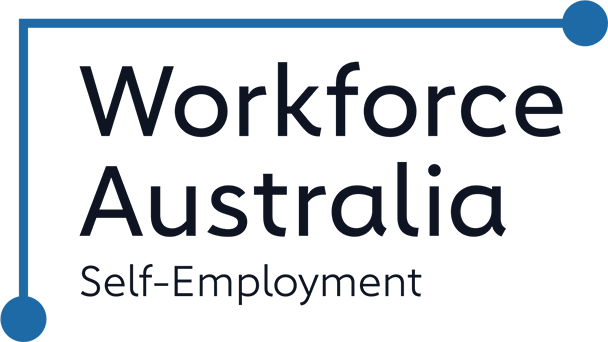Opportunities in the Australian Defence Sector for SMEs
September 1, 2023
The defence sector in Australia is undergoing a significant transformation, offering numerous opportunities for small and medium-sized enterprises (SMEs). With the Australian Government’s substantial commitment to bolster national security, SMEs can potentially take advantage of lucrative positions in the supply chain.
The Defence Spending Boom
In 2022, Australia’s defence spending reached $48 billion per annum, with these levels of spending expected to continue with the Federal Government pledging $575 billion to the defence industry over the next decade. The focus areas over the next decade include workforce expansion, frigates and destroyers, naval infrastructure, submarines, armoured vehicles, artillery, maritime surveillance, and maritime protection.
Western Australia is a hotspot for defence investment. The state will see investments totalling $4.3 billion in large vessel dry docking facilities in Henderson, $1.0 billion in infrastructure upgrades to the HMAS Stirling, and an additional $2.5 billion allocated for infrastructure development over the next decade. Other bases and facilities in Western Australia, including RAAF Bace Curtin, RAAF Base Pearce, RAAF Base Learmonth, Irwin Barracks, Naval Communication Station Harold E. Holt, Cocos Keeling Islands, and Campbell Barracks, are also set for upgrades.
Notably, the acquisition spending in Western Australia includes $3.9 billion for Arafura class Offshore Patrol Vessels (OPVs) and $510 million for Guardian-class patrol boats. Henderson has been designated as a Regional Maintenance Centre for the Navy, further cementing its status as a key hub for defence industry growth.
Opportunities for SMEs
As an SME looking to tap into the rapidly growing defence sector, it is essential to understand where your business fits in:
- Acquisition Procurements: These require goods and services that can be integrated into Defence platforms or be used by Defence personnel on operations.
- Sustainment Procurements: These relate to the ongoing servicing, maintenance, upkeep, and repair of current Defence capabilities and platforms.
- Commercial Procurements: Cover a range of non-material goods and services provided to Defence such as health services, logistics services, training, travel, information technology, stationery, and personal protective equipment.
- Procurement of Defence Estate Management and Infrastructure Services: This refers to the maintenance of Defence facilities, establishments and training areas, and a range of construction services.
- Innovative Technology Procurements: Defence seeks innovation proposals aligned with the six Defence capability streams identified in the Integrated Investment Program.
Accessing the Opportunities
If you have identified where your business could fit within the Defence Industry, you can start exploring your opportunities through the following avenues:
- Direct Tender: Visit austender.gov.au to find and respond to government tenders and opportunities.
- Defence Supply Chain: Utilise resources such as Project Connect and Defence West.
- Collaboration: Consider partnering with a business already established in the defence sector through subcontracting or joint ventures.
- Major Service Provider (MSP) Panel
- Defence Support Services (DSS) Panel
Entering the Defence sector can be a complex journey with high barriers to entry. However, there has never been a better time for SMEs to enter the rapidly expanding industry with a robust demand for innovative goods and services.
If you are considering becoming a part of the Defence supply chain, we have partnered with the City of Cockburn to deliver the Defence Ready workshop series. Our next workshop will be “Preparing Your Workforce for a Defence Contract” on the 14th of September, which you can check out here.
Acknowledgement Of Country
Business Foundations acknowledges the traditional custodians throughout Western Australia and their continuing connection to the land, waters and community. We pay our respects to all members of the Aboriginal communities and their cultures; and to Elders both past and present.
Victoria
The Commons
80 Market Street,
South Melbourne VIC 3205
admin@businessfoundations.com.au
Western Australia
Wesley Central
2 Cantonment Street,
Fremantle WA 6160
admin@businessfoundations.com.au


Get In Touch
Have a question or to find out how we can help you, please get in touch.






